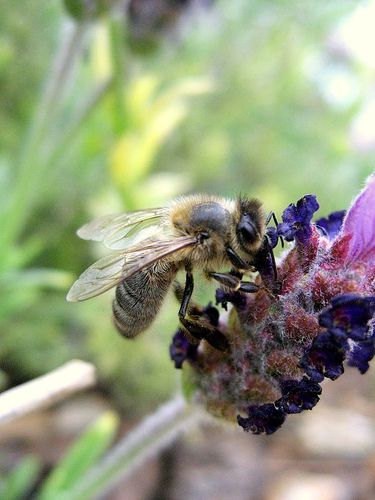-
 A5
A5
-
 St Lucie cherry
St Lucie cherry
-
 Fatty acid
Fatty acid
-
 Stellarator
Stellarator
-
 Electrocardiogram
Electrocardiogram
-
 Biofuels
Biofuels
-
 Ramsar Convention
Ramsar Convention
-
 Twofish
Twofish
-
 Spin ice
Spin ice
-
 Celestial body
Celestial body
-
 Melanin
Melanin
-
 Mucolytic
Mucolytic
-
 Ligand
Ligand
-
 Coprophagy
Coprophagy
-
 Salix viminalis
Salix viminalis
-
 Carbonic acid
Carbonic acid
-
 Water primrose
Water primrose
-
 Exudation
Exudation
-
 Hashimoto's thyroiditis
Hashimoto's thyroiditis
-
 Ring of fire
Ring of fire
-
 Chitin
Chitin
-
 Coelacanth
Coelacanth
-
 World Charter for Nature
World Charter for Nature
-
 Malware
Malware
-
 Aulacogen
Aulacogen
-
 Glass
Glass
-
 Convergent evolution
Convergent evolution
-
 Monocotyledon
Monocotyledon
-
 Precordial pain
Precordial pain
-
 Energy requirements
Energy requirements
Antivenom
When someone is stung by a bee or bitten by a viper, for example, antivenom may be effective.
How antivenom works
Antivenom works by passive immunity: antibodies produced by an animal (generally horses) are injected directly into the body. Antivenom produced from horses has been used since 1920, and purified preparations have been available since the 1970s. However, they carry a risk of allergic reaction (anaphylactic shock, Quincke's edema…).
An ovine antivenom was recently developed and has proven to be more reliable and more effective. No allergic reactions have been observed, and ovine immunoglobulins are less immunogenic. The plasmatic concentration of venom peaks between 30 minutes and 4 hours after a snake bite, and it is therefore important to administer antibodies as quickly as possible. Symptomatic treatment is recommended to treat hypovolemia and shock, allergic or anaphylactic reactions (of epinephrine and corticoids), pulmonary oedema, kidney failure and hematological problems.
Local symptoms require the immobilisation and raising of the limb, a compression bandage, and the administration of analgesics and antibiotics.

Terminal segment of a scorpion's abdomen. © WikiCommons
Practical medical procedure after a snake bite
- Lay the victim down
- Soothe or even sedate the patient (benzodiazepine)
- Treat vagal reaction (atropine)
- Treat anaphylactic shock (adrenaline)
- State of shock: administer intravenous fluids (cristalloids or macromolecules)
- Treat pain using paracetamol (Elapidae) or morphine (Viperidae, Crotalidae)
- Place a bag of ice near the bite
- Crepe bandage (Elapidae)
- Preparation for respiratory support (neurotoxins)
- Eye treatments (cobras).
Follow up with proper treatment in hospital, if necessary.
A few words on venom
- " The tongues for spitting venom never lack. " (Molière, Tartuffe)
- "Malice itself drinks most of its venom. " (Seneca, Excerpt from Letters to Lucilius)
- " The insidious venom of the past mixes with the present and poisons it. " (Moses Isegawa, Excerpt from Abyssinian Chronicles)
- " Venom and perfume are always kept in small vials. " (Luis Sepulveda, Excerpt from Notes from a Moleskin)
Sources
- Claire Konig immunology course
- Goyffon M. Chippaux J.P., Venomous terrestrial animals. Encyclopaedia Medical Surgery Paris. Intoxications. 1990.
- Geistdoerfer P. Goyffon M., Dangerous aquatic animals. Encyclopaedia Medical Surgery Paris. Toxicology.1991.
- Swiss Journal of Apiculture, "The bee's "tools"" Geneva Natural History Museum, 1990.
- Mion G, Goyffon M., Serious envenomations. Arnette ed., Rueil-Malmaison, 2000.
- Pierre Aubry, Envenomation by terrestrial animals, 2003.
On Futura-Sciences
 A bee sting can cause Quincke's edema. © BenoitD1981, Flikr, Creative Commons
A bee sting can cause Quincke's edema. © BenoitD1981, Flikr, Creative Commons
Latest
Fill out my online form.



